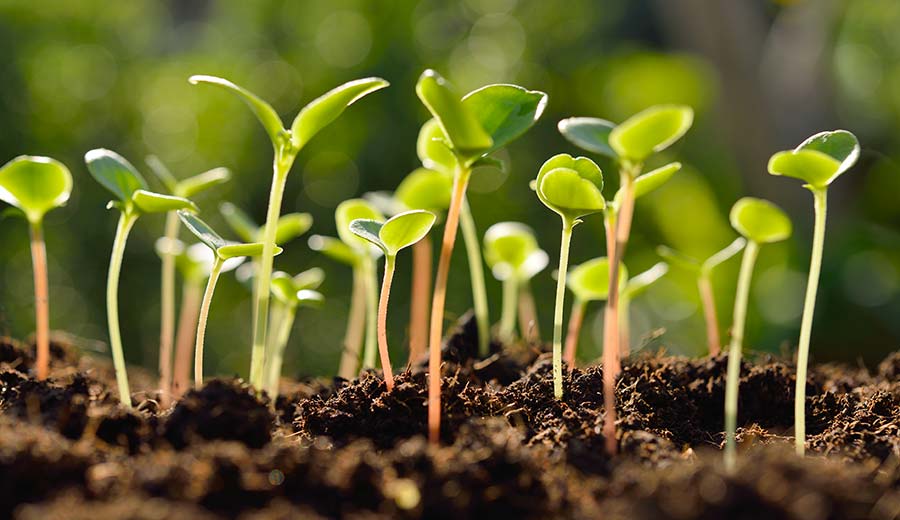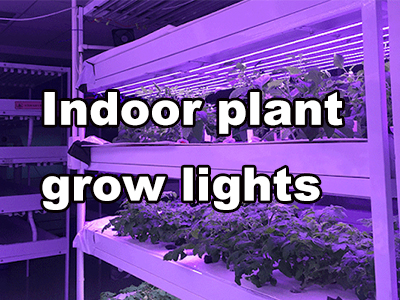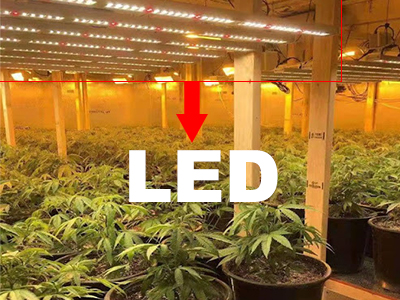
Everyone who owns a greenhouse is trying to use 100% of it. However, in order to get the most benefit from it, it is important not to violate the dormitory rules adopted by the plant kingdom and follow the simple rules of placing seedlings in the greenhouse.
Greenhouse preparation, soil, seedling placement
If the weather permits, you can cover the unheated greenhouse with glass, porous polycarbonate or bubble film, and then plant cold-resistant vegetables.
These are radish, parsley, dill, salad, Chinese cabbage, salad radish, mustard, and small leaf basil. In order to force green feathers, it is best to choose shallots or onions, as they are the most productive species.
Just in case, keep the non-woven covering material in the greenhouse to cover young plants with severe frost.
In May, the seedling soil for the greenhouse should be ready. With proper regional planning, you can continue to plant hardy vegetables and plant onions.
The most important thing is to place these plants so that they do not interfere with the seedlings at first, and then play a role in compacting the crops.
You can choose a small piece of precious greenhouse land to grow cabbage and ornamental flower crops. But you can take a different approach, which is more practical.
For seedlings, arrange a shelf in the greenhouse to save space. It makes sense to put boxes with fertile, well-draining soil on a shelf. On top of them, it is easy to use high-density non-woven materials to construct a frame for sheltering plants, thereby providing extra warmth for pets.
Many amateur vegetable growers ignore the fact that tomatoes and cucumbers require different conditions. When we grow them in the same greenhouse, we often think of tomatoes, peppers and eggplants, without considering cucumbers, and then complain about low yields.
What do you need for greenhouse cucumbers? Temperature: 26-28°С on sunny days, 22-23°С on cloudy days, and 19-20°С at night. Relative humidity-not less than 85-90%. For this reason, in the greenhouse during the flowering period of cucumbers, water the aisles and spray the plants themselves.
What do tomatoes need in a greenhouse? The temperature during the day was 2-3 degrees lower, while the temperature at night was only 1 degree lower. But the relative humidity should not exceed 70%. Tomatoes like moist soil, but the air is dry.
So, is it worth growing tomatoes and cucumbers in the same greenhouse with such different "requirements"? of course not! It is best to have 2 greenhouses on the site. A capital where tomatoes, eggplants and peppers are grown here, as well as early green vegetables and seedlings. The second-movie-cucumber and melon. However, in the capital greenhouse, you can still grow 3-4 cucumber plants.
Choose a good early-maturing hybrid: Of course not to get the maximum yield, but to squeeze your own fragrant cucumber as soon as possible. To maintain high humidity, you can use plastic curtains to separate the corners of the cucumber from the rest of the greenhouse.
In a cramped situation-means illegal
Greenhouse plants must be grown according to specifications for specific varieties or hybrids.
Compactness poses a serious threat to crops and is the cause of the development of pests and diseases.
Make sure to leave a piece of land in the darkest place to place a bucket or water tank for fertilizer or trimmed grass. During the fermentation process, carbon dioxide is released, which has a beneficial effect on plant growth and fruit setting. "Encouragement" must be endured firmly.
For convenience and aesthetics, it is best to cover the path in the greenhouse, for example with broken bark. However, in a greenhouse, you can use paving tiles to lay the path and use durable moisture-proof materials to protect the ridges.
The soil under the plants should also be covered. I really like lawn mulch. The underground soil does not overheat, this mulch gradually overheats and becomes an additional fertilizer.
Plant tomatoes, peppers and eggplants so that they will not cover your neighbors when they grow up. Peppers will be more comfortable under a low cover, so I plant them in the first row of glass, the top of the roof is the lowest.
The seal crops of tomatoes, peppers, and eggplants in the greenhouse only grow until the beginning of June. Then, in the second half of August, when all the stepchildren and some leaves are removed from the tomatoes, you can start planting radishes, salad radishes, and other early green vegetables on the autumn table.
How to choose greenhouse lamps to assist planting?
The following 6 options provide reference:
Option 1-conventional incandescent bulb
Of course they light up the greenhouse. Moreover, they heat the air, which is not redundant. But they absorb a lot of energy, and generally speaking, for greenhouse plants, the spectrum is not very ideal-600 nm.
Generally, incandescent lamps emit a lot of red, infrared and orange rays, which is why the plant stems exposed to this condition for a long time will be abnormally stretched, the leaves will be deformed and even burns and overheating will occur. This is why this lamp is not used for seedling growth and for obtaining cucumber and tomato fruits. But for forced onions, parsley and other green crops, incandescent lamps are very suitable for hanging them at a height of 50 cm above the plants. If there is almost no natural light, they should be lit for 6-18 hours.
Option 2-high pressure mercury lamp
Such lamps heat up very fast, or even too fast, but this is not their main disadvantage. All their trouble is that the radiation in the part of the spectrum very close to the ultraviolet increases.
Most importantly, don't forget to always make sure that as much real sunlight reaches the greenhouse as possible. Then the harvest will be pleasant and the quality will be pleasant.
Option # 3-Economical fluorescent lamp
The spectrum of these lights for greenhouse plants is very advantageous. In addition, fluorescent lamps are durable and inexpensive, but unfortunately, their heat transfer is low. Energy-saving lamps used to illuminate greenhouses can also work according to their principles, although they can illuminate very small areas.
Fluorescent lamps are installed horizontally in a greenhouse in rectangular metal fittings, or vertically in a greenhouse in standard lighting fixtures.
Option #4-High Pressure Sodium Lamp
They are very economical and have provided a fairly high light output with a power of 400W. In the greenhouse, sodium lamps produce a monochromatic orange-orange light field, which can mimic natural light well. But in the blue part of the spectrum (important for plant vegetative growth), they are obviously weak.
Option 5-high power metal halide lamp
Metal halide lamps have a particularly wide emission spectrum and high power range. They didn't think it was an ideal choice for greenhouses in vain because their light was as close to the sun as possible. Yes, this kind of lamp is not durable and expensive. In addition, metal halide lamps usually have restrictions on the burning position, which is not very convenient.
Option 6-LED light
With the help of popular beautiful lighting, greenhouse plants can only be illuminated with a kind of "necessary" light (blue or red or a combination of both). They consume very little electricity, but they are certainly not cheap. But it is on them that scientists have placed their highest hopes, especially for white LEDs, and they are currently conducting a lot of research on them.
Usually, the experiment of LED in the greenhouse is conducted for the first time in Denmark. As a result, when 50,000 LEDs were used, about 40% of energy was saved on a large area, and the group plants began to grow more densely. Even flowers have more buds. However, industrial greenhouses are using fewer chemicals to regulate plant growth.
Traditionally, greenhouse lights are installed in linear systems mounted on flexible cables, which is the most constructive option. In addition, it must be installed to adjust the height and direction of the light source from time to time.
Hope this article can help you























